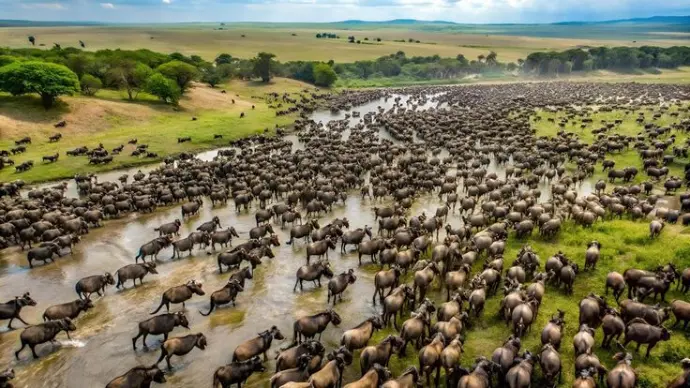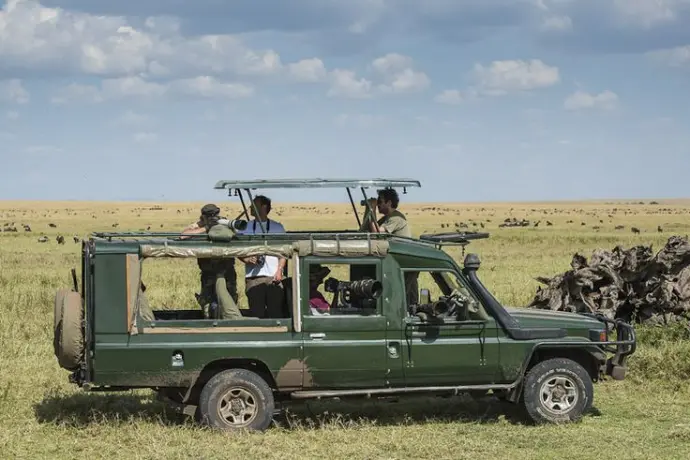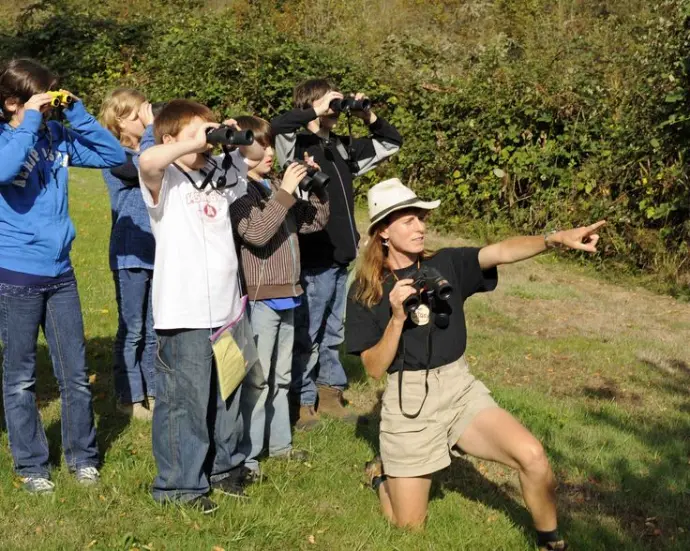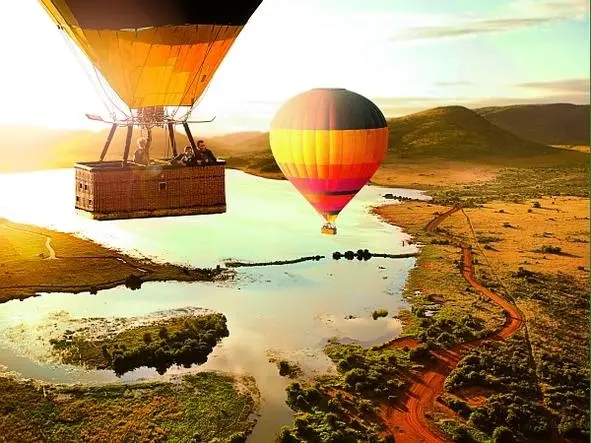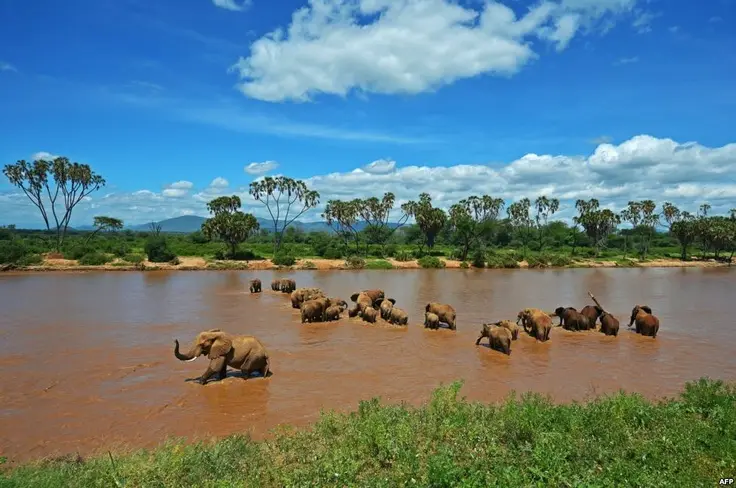
Samburu National Reserve
Location: Northern Kenya, along the Ewaso Ng’iro River
Wildlife: Renowned for the "Samburu Special Five": Grevy’s zebra, reticulated giraffe, Somali ostrich, gerenuk, and Beisa oryx, as well as elephants, lions, leopards, and wild dogs.
Landscape: Rugged and remote, with volcanic outcrops and riverine forests.
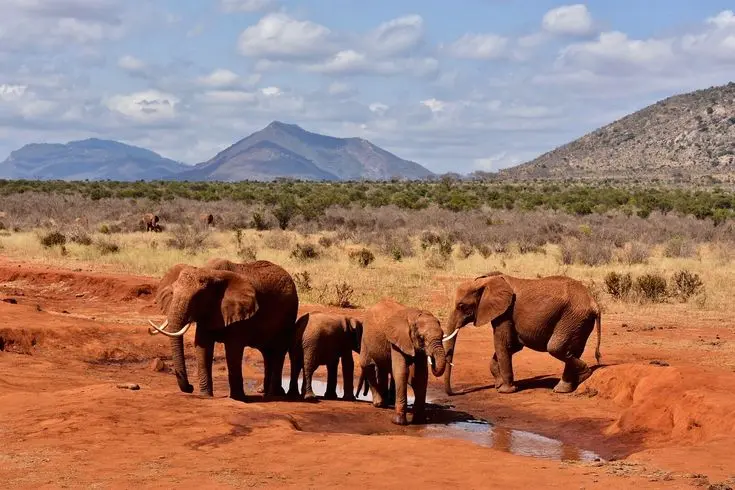
Tsavo East & Tsavo West National Parks
Combined Area: Over 22,000 sq km, Kenya’s largest park system.
Signature Species: Red-dust elephants, lions, leopards, hippos, crocodiles, buffalo; Tsavo West is home to rhino sanctuaries.
Features: Lava flows, Mzima Springs, dramatic landscapes, fewer crowds.
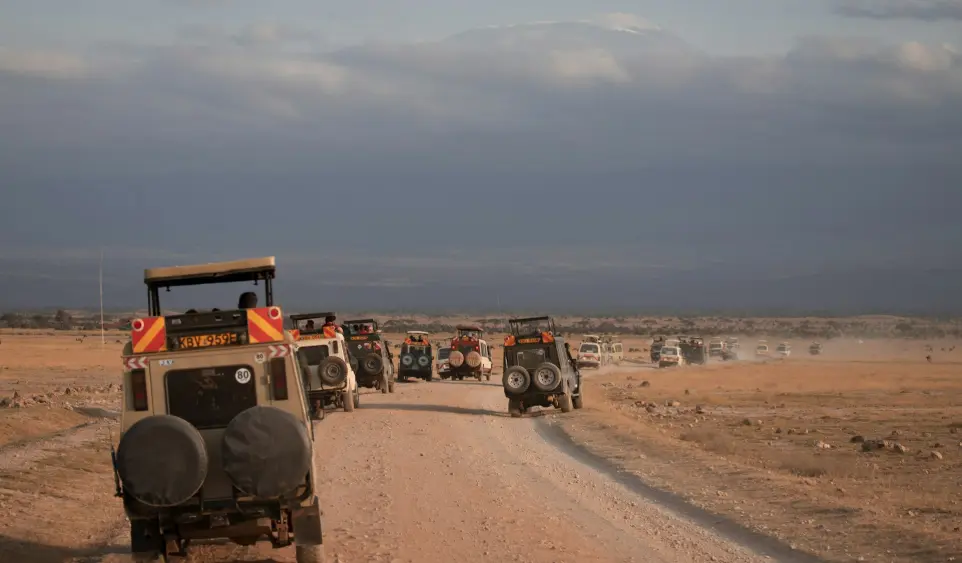
Midrange Safari
11-Day Leisure Game Safari and Beach Holiday Combo
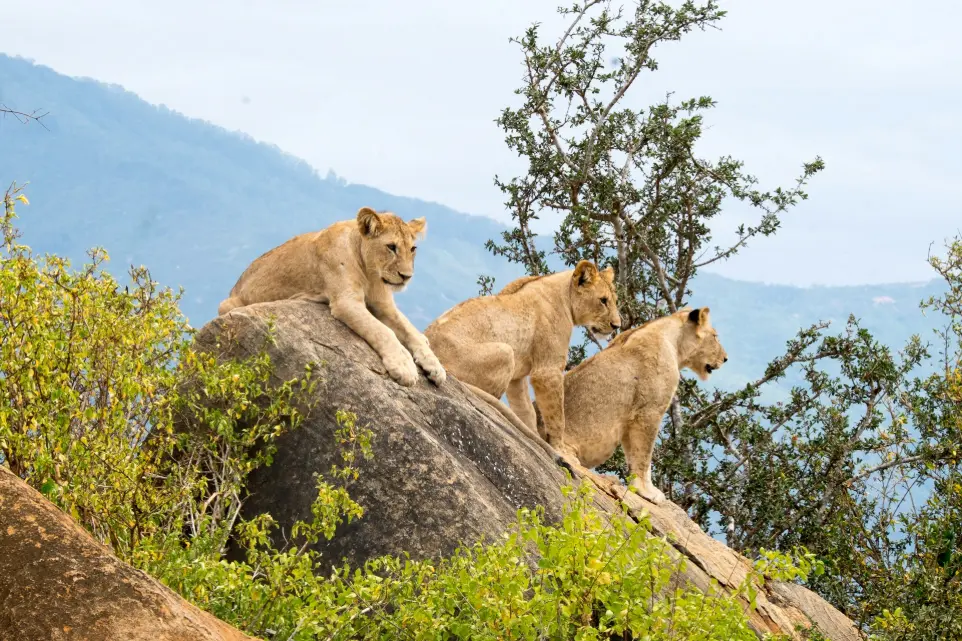
Budget Safari
3-Day Tsavo East & Tsavo West Big Five Safari
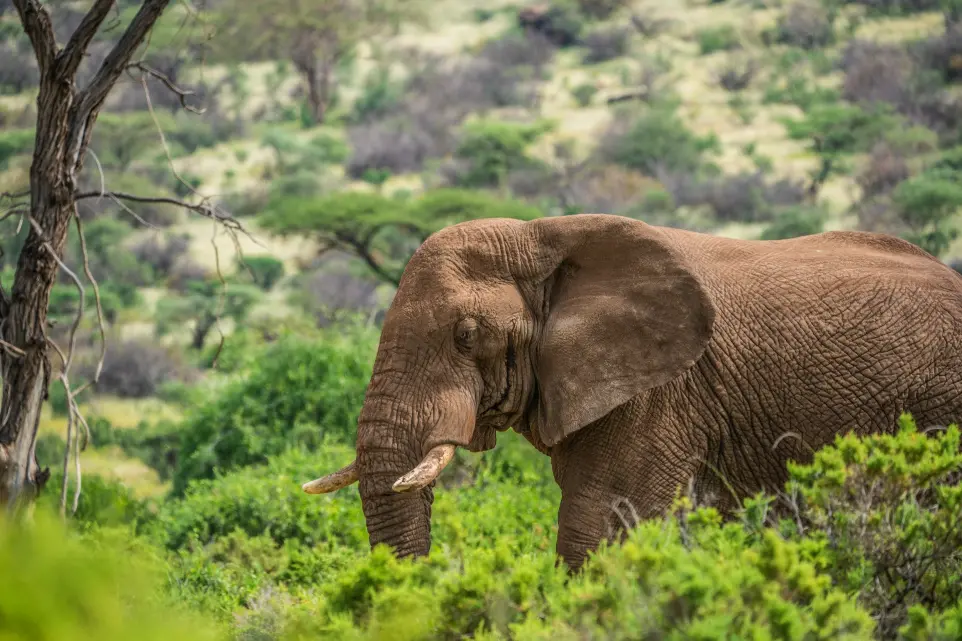
Luxury Safari
10-Day Luxury Kenya Safari Tour
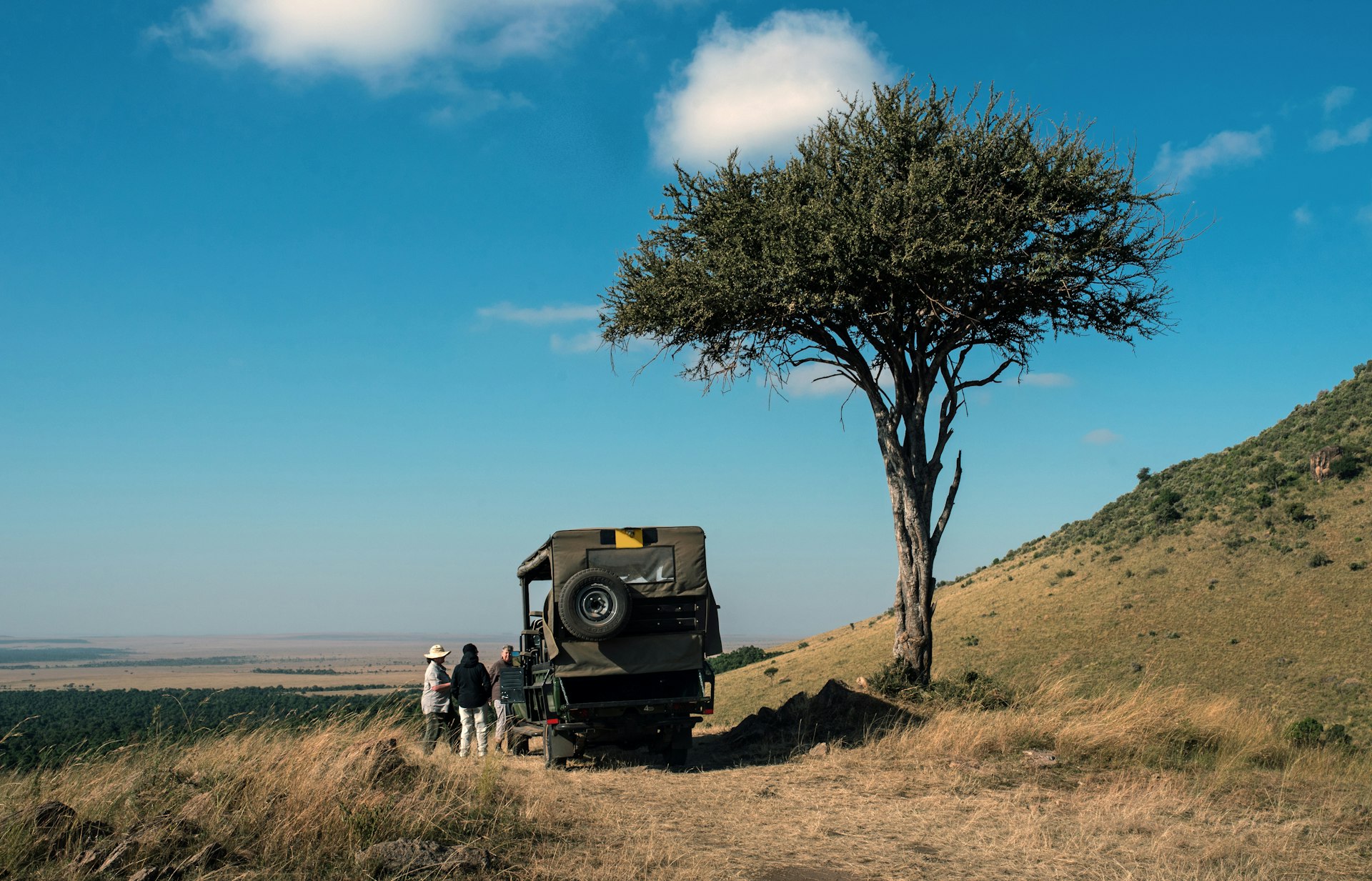
Luxury Safari
5-Day Awesome Kenya – Luxury Safari
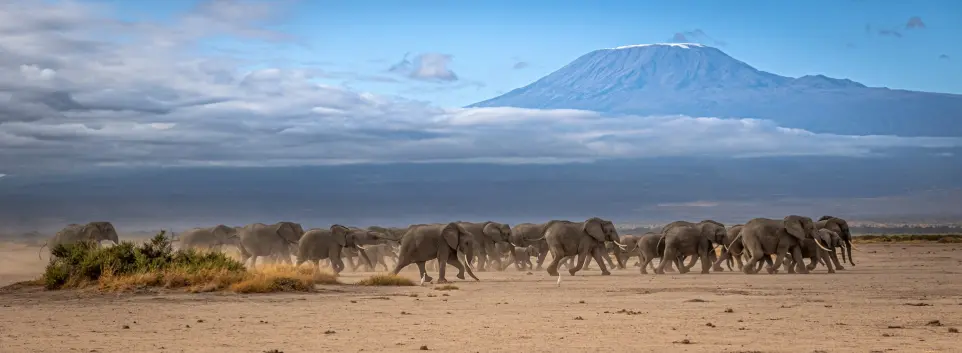
Budget Safari
3-Day Amboseli Group Joining Safari
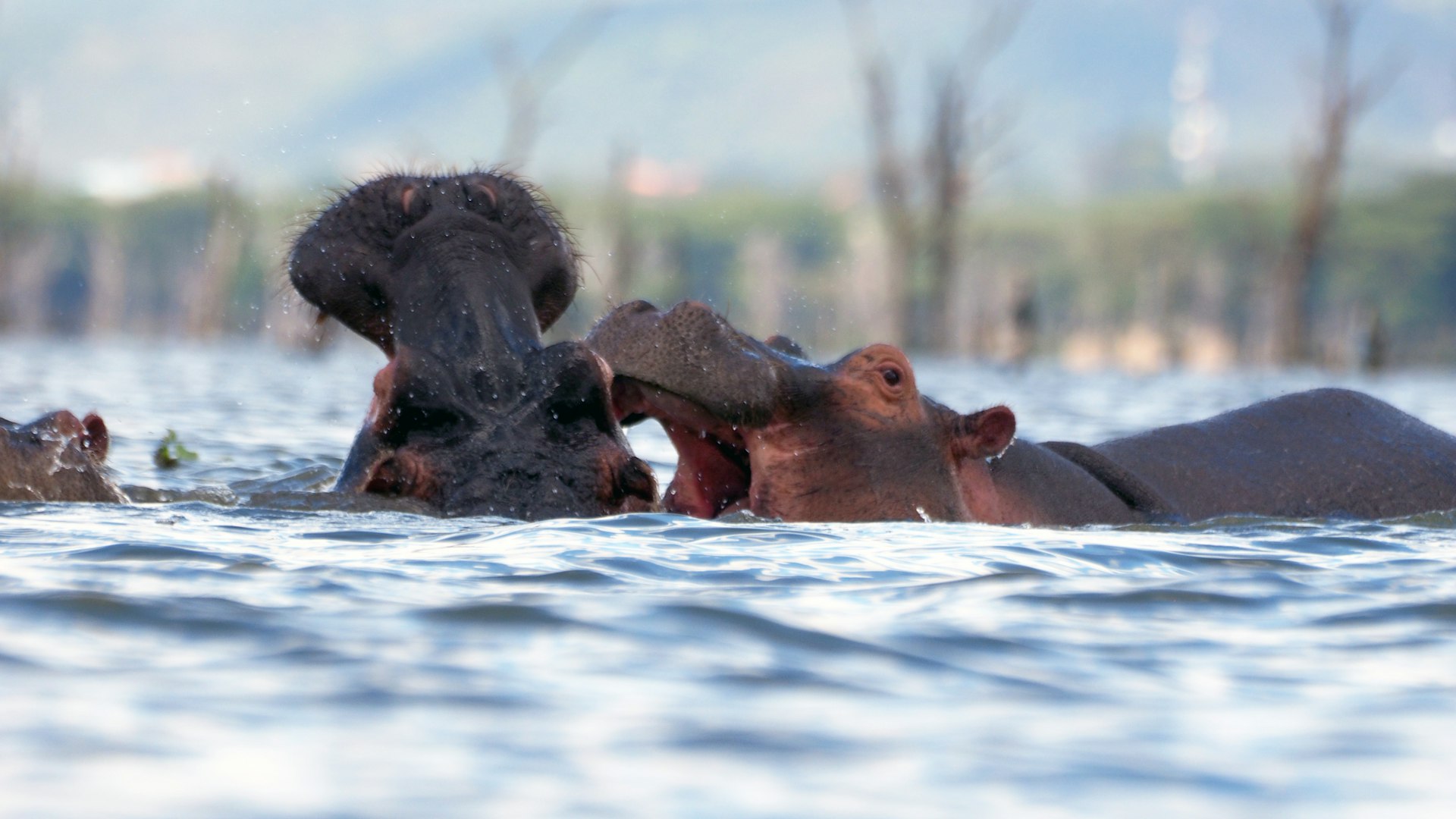
Luxury Safari
7-Day Luxury Tour: Mara, Nakuru, Naivasha & Amboseli
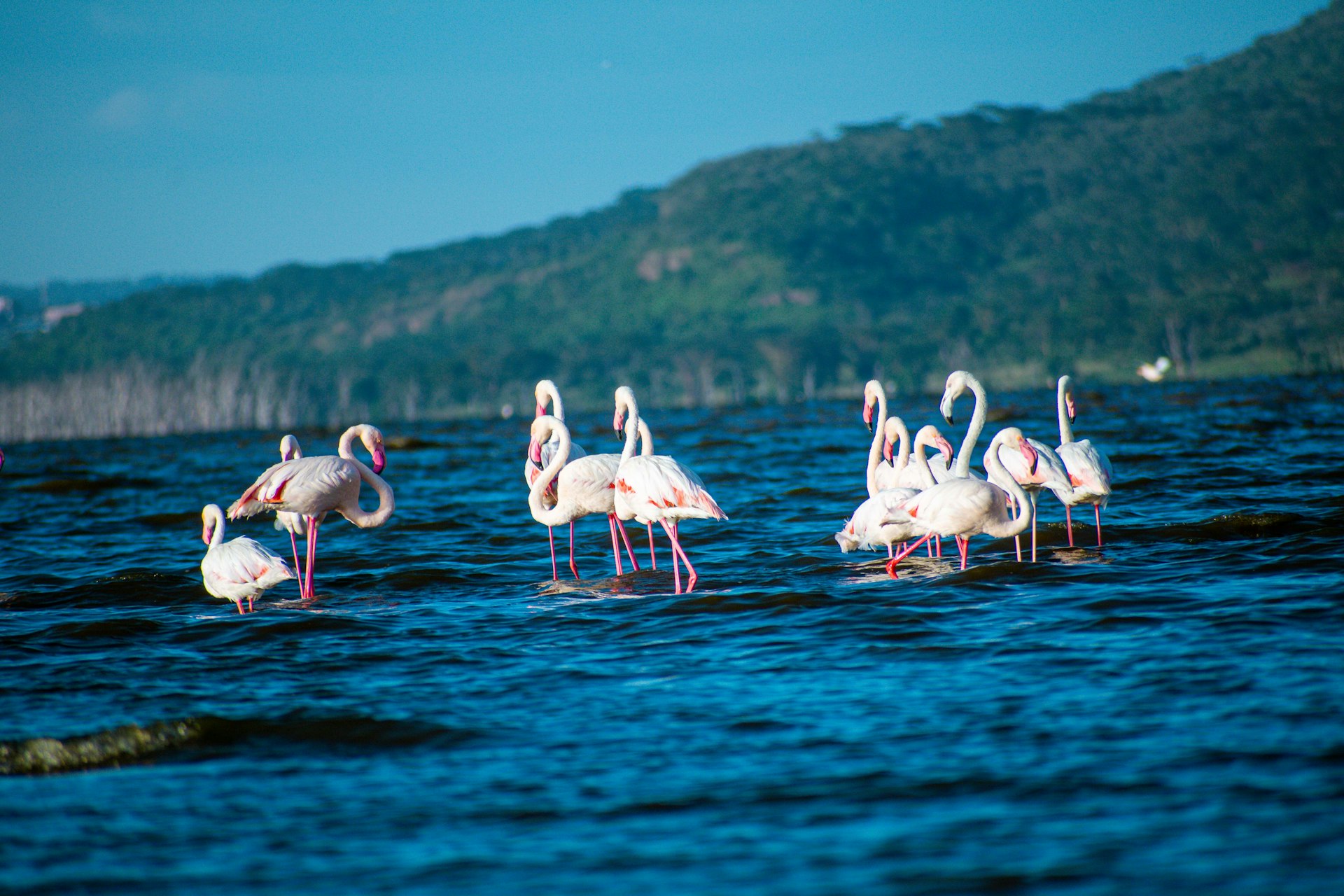
Budget Safari
5-Day Amboseli, Lake Nakuru & Masai Mara Safari
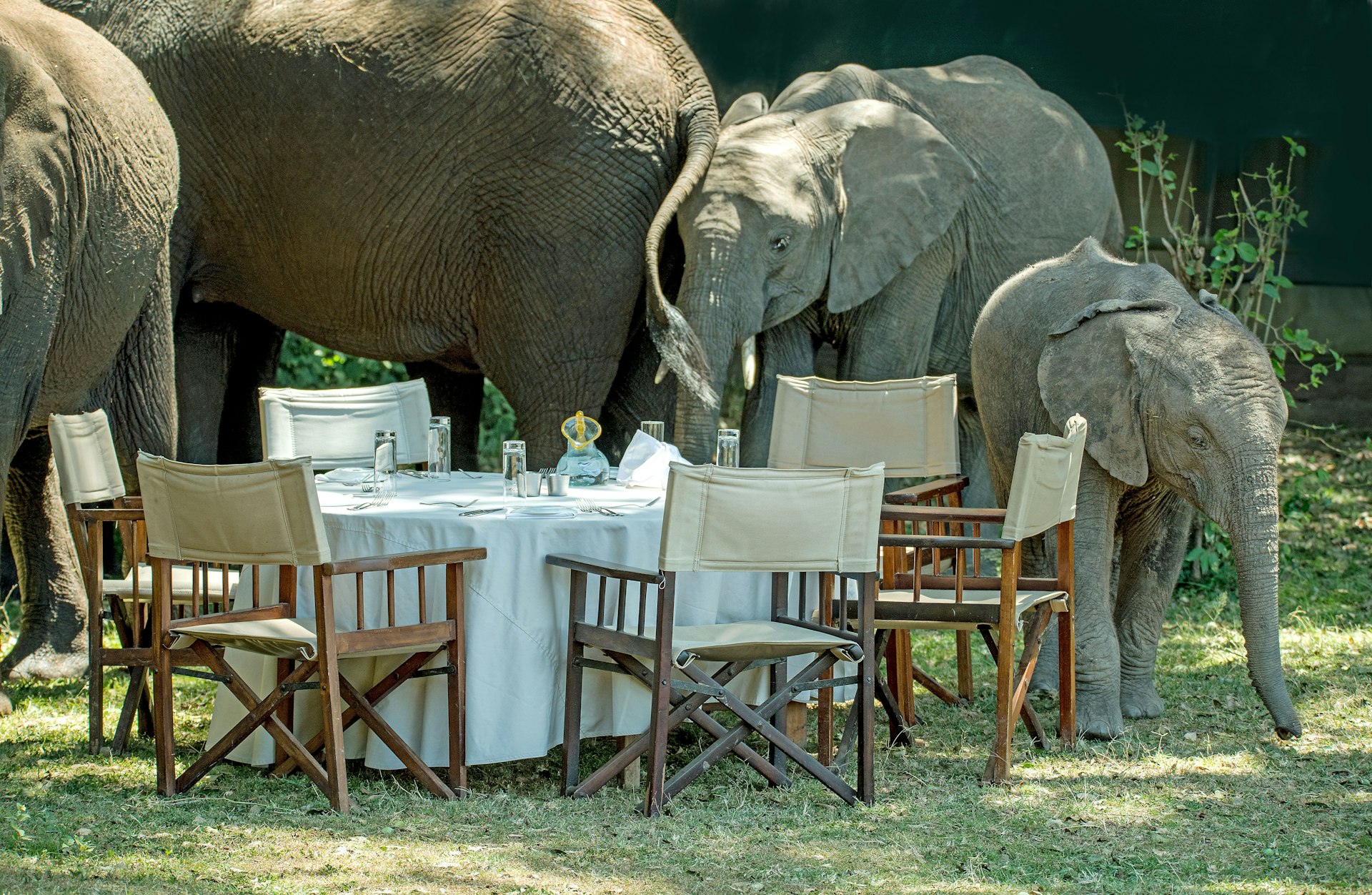
Luxury Safari
5-Day Ultimate Kenya Private Luxury Safari
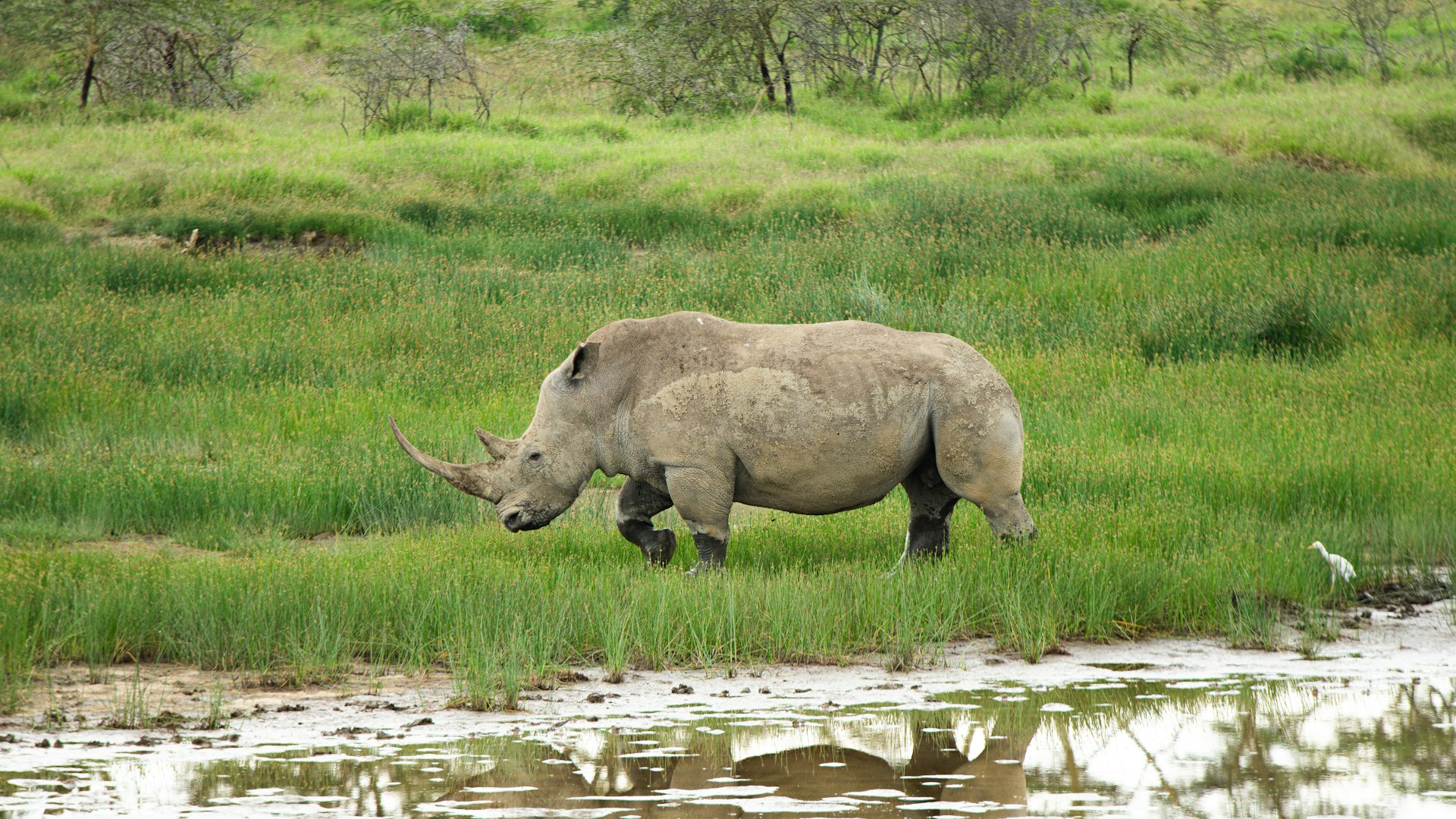
Luxury Safari
7-Day Kenya Wildlife Wonders Safari
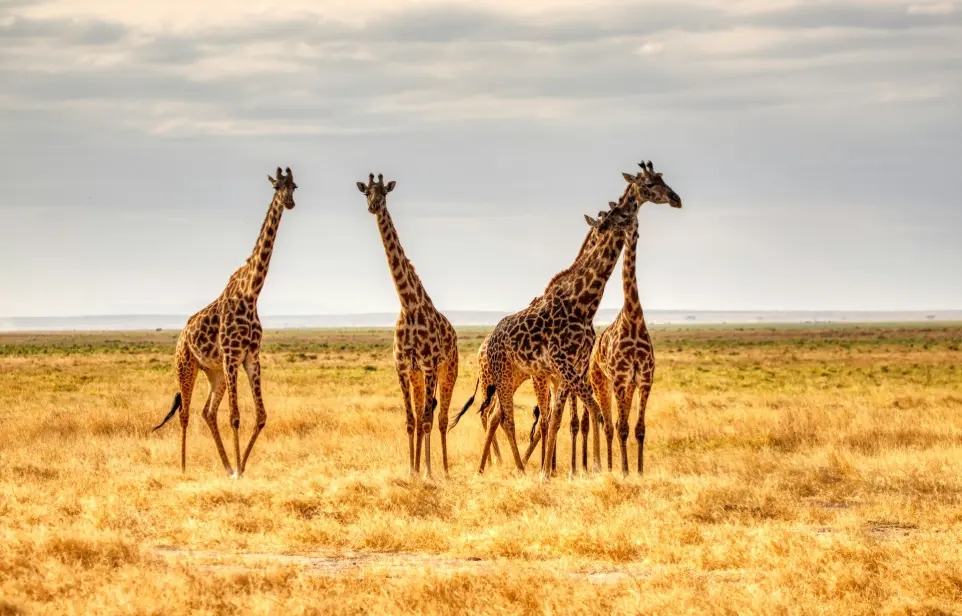
Luxury Safari
8-Day Kenya Luxury Safari (with Ol Pejeta Conservancy)

Luxury Safari
5-Day Luxury Safari to Amboseli, Nakuru & Masai Mara
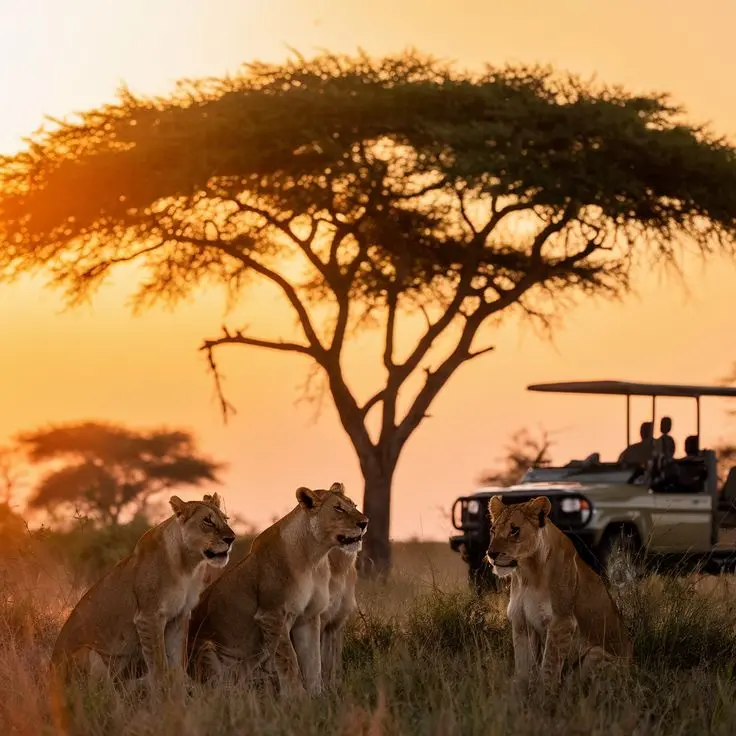
Luxury Safari
3-Day Masai Mara Classic Safari
Experience the Authentic Heart of Kenya’s Wildlife
The Safari Capital of Africa
Kenya is more than a destination, it’s a pulsating tapestry of wild savannah, dramatic landscapes, and timeless wildlife encounters. For decades, this East African nation has stood unparalleled as the home of the true African safari, offering not just glimpses of Africa’s “Big Five” but immersive journeys into an unspoiled world of migration spectacles, rare birdlife, and cultures as vibrant as the land itself. At Nile Abenteuer Safaris, we believe in crafting safari experiences that are as authentic as they are transformative, rooted in Kenya’s diverse natural treasures, the communities that protect them, and genuine adventure.
Overview of Wildlife Tourism in Kenya
Wildlife tourism is the lifeblood of Kenya’s travel industry, accounting for a significant portion of the nation’s economy and serving as a primary catalyst for conservation and community empowerment. Over 2.3 million international tourists visited Kenya in 2024 alone, a record high, with wildlife safaris and eco-tourism at the heart of this boom. Kenya’s allure transcends the thrill of seeing wild animals; it is shaped by an ethos of sustainability, respect for indigenous cultures, and a vision for inclusive growth as outlined in the National Tourism Strategy 2025–2030.
The industry’s resilience is evident: not only has Kenya fully rebounded from recent global travel disruptions, but it’s also setting new standards for responsible tourism. Digital transformation, like the streamlined Electronic Travel Authorization system, makes arrival and travel effortless, while bold investments in infrastructure, marketing, and conservation position Kenya as the quintessential African safari destination.
Crucially, wildlife-based tourism generates billions in revenue, creates over 2 million jobs both directly and indirectly, and channels investment into conservation and community upliftment. The multiplier effect of safaris supports local guides, accommodations, artisans, and anti-poaching operations, ensuring that each journey not only delights travelers but also protects the future of Kenya’s wild heart
Key National Parks and Reserves for Wildlife Safari in Kenya
Kenya’s wildlife-viewing opportunities are largely anchored in its remarkable network of protected areas. Over 8% of Kenya’s landmass is set aside for conservation: 23 national parks, 28 national reserves, four national sanctuaries, and more than 160 registered conservancies offer a haven for Africa’s greatest animal spectacles
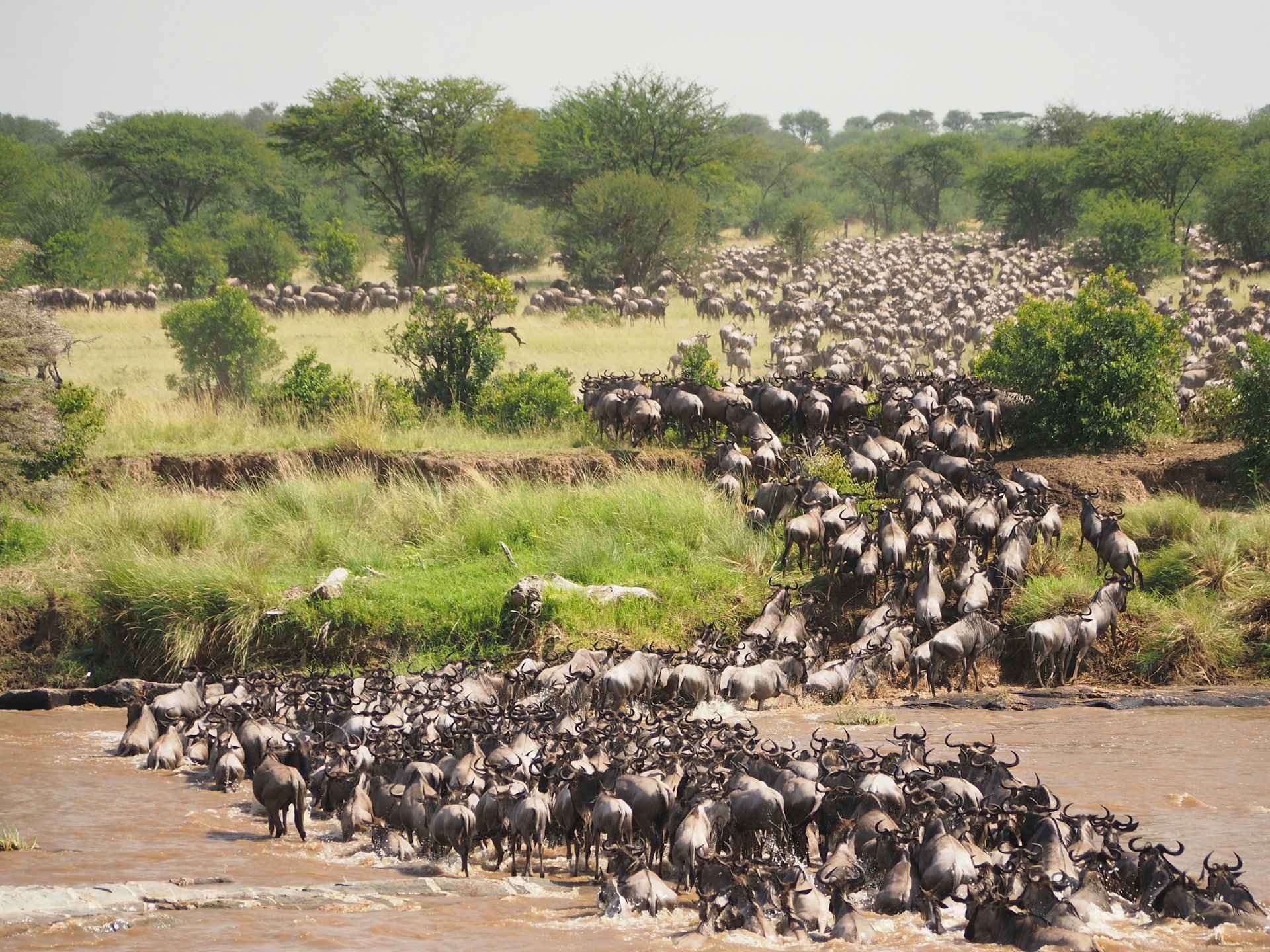
Masai Mara National Reserve
- Location: Rift Valley, southwestern Kenya
- Biodiversity: Home to over 95 mammal species and 450 bird species, including the complete Big Five (lion, leopard, elephant, buffalo, rhinoceros) and the famed cheetahs.
- Highlight: The annual Great Wildebeest Migration (July–October), where over 1.5 million wildebeest, zebras, and gazelle cross the Mara River, a spectacle lauded as the "Eighth Wonder of the World".
- Activities: Game drives, guided walks, hot air balloon safaris, birdwatching, and cultural visits to Maasai villages.
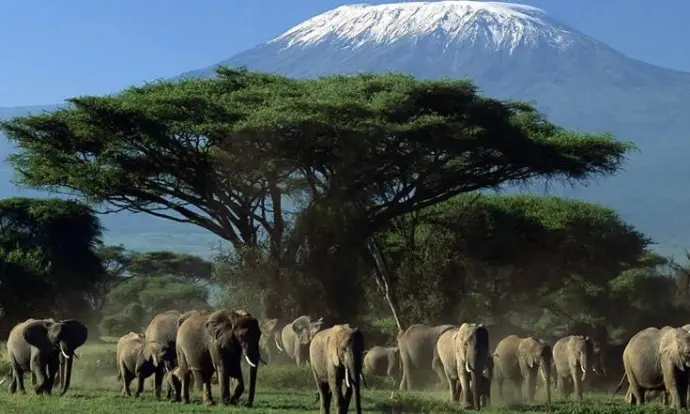
Amboseli National Park
- Location: At the foot of Mount Kilimanjaro, southern Kenya
- Wildlife: Famous for enormous herds of elephants, some of Africa’s largest tuskers, plus lions, cheetahs, giraffes, zebras, buffalo, and more than 400 bird species.
- Unique Features: Panoramic views of Mount Kilimanjaro, seasonal swamps, acacia woodlands, and salt pans.
- Signature Experience: Photographing elephants with snow-capped Kilimanjaro in the background.
Amboseli’s landscape is iconic, the dry dust scattering as matriarchal elephant herds march, giving way to lush swamps full of hippos and a rainbow of birdlife.
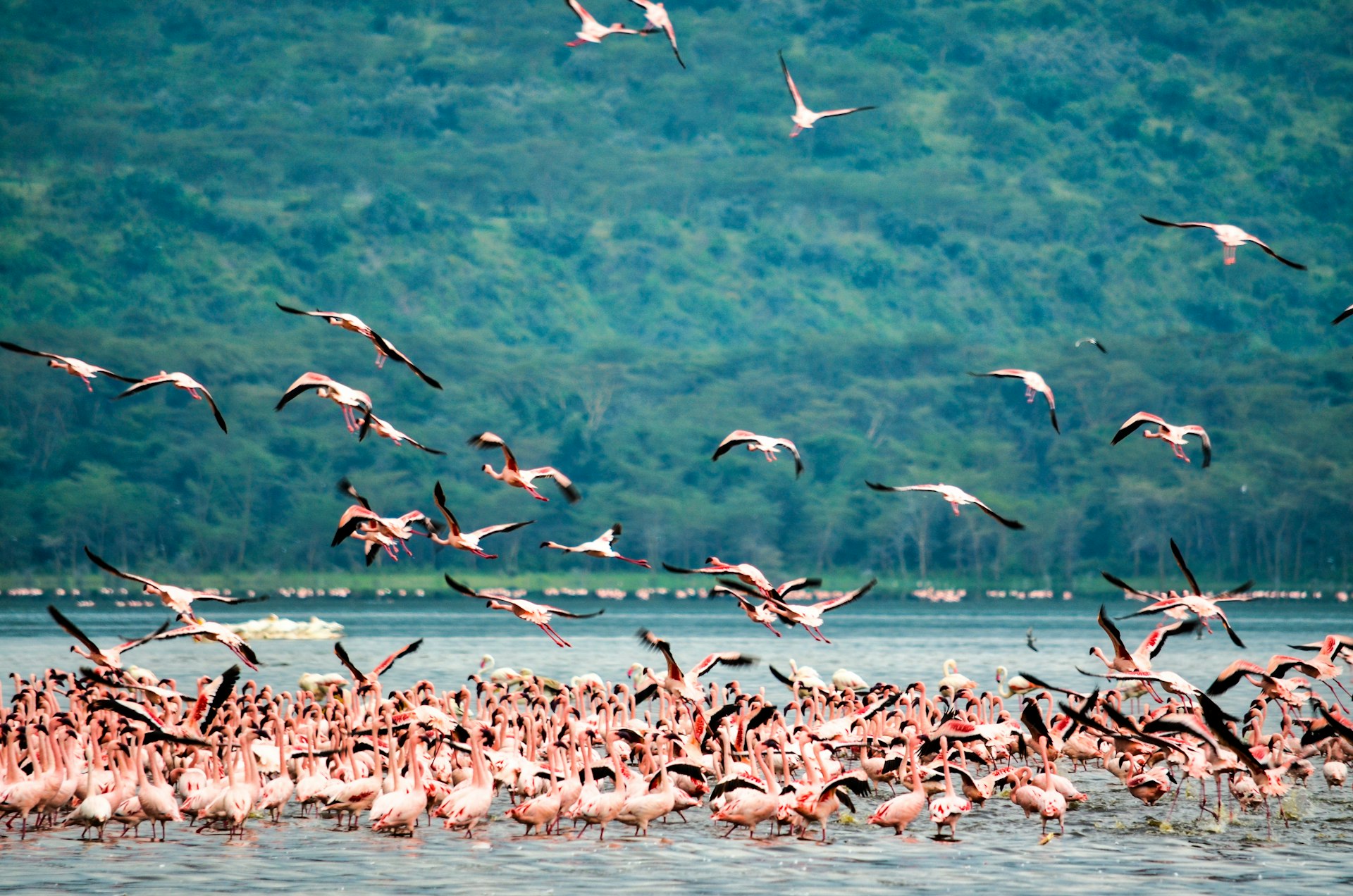
Lake Nakuru National Park
Location: Great Rift Valley, 160km from Nairobi
Highlights: Over 450 bird species, particularly the flamboyant flocks of lesser and greater flamingos. Renowned as a world-class birdwatching site.
Key Mammals: Black and white rhinos (in one of Kenya’s first rhino sanctuaries), Rothschild’s giraffes, lions, leopards, hyenas, zebras, waterbucks, and buffalo.
Special Note: Fenced to protect its resident rhinos and giraffes; dense acacia woodlands and lake vistas.
Our Top Trending Kenya Wildlife Safari Packages
Kenya, widely revered as the cradle of safari, remains a top global wildlife destination for 2025. Its rich mosaic of landscapes, from the golden plains of the Masai Mara and the swampy forests of Amboseli, to the vast red soils of Tsavo and the sparkling Indian Ocean coast, sustains a profoundly diverse and accessible safari industry. The increasing sophistication and variety of safari offerings, as well as a sustained focus on both value and exclusivity, have enabled a range of new and niche itineraries to rise rapidly in demand. In this comprehensive report, we analyze the top 12 trending Kenya wildlife safari tour itineraries for 2025 with high demand and low competition, as featured on SafariBookings and related leading platforms, exploring their destinations, day-by-day activities, accommodation, inclusions/exclusions, and expert advice for travelers.
This strategic focus on high-demand yet underexploited itineraries provides travelers with authentic experiences and the best value, while offering tour operators the opportunity to stand out in Kenya’s competitive safari landscape. Each itinerary here is structured with a preview of the destination, a breakdown of activities and unique selling points, detailed practical advice, and a strong marketing call to action as is current best practice in the sector.
Essential Planning Guidelines for a Kenya Safari in 2025
Before launching into specific itineraries, it’s crucial to contextualize the logistical and experiential framework that defines a successful, seamlessly enjoyable Kenya safari in 2025.
Choosing Your Destination and Duration
Kenya’s safari circuit includes perennial heavyweights like the Masai Mara National Reserve, Amboseli National Park, Lake Nakuru and the Tsavo parks, but 2025 is witnessing a surge in interest in unique combinations and inclusion of emerging gems such as Laikipia Plateau, Samburu, and the Indian Ocean coastline. Itinerary duration ranges from short immersive 3-day getaways to expansive 10-12 day luxury or leisure combos, balancing intensive wildlife adventure with opportunities for relaxation and cultural engagement.
Accessibility and Transport
Most safaris start in Nairobi or Mombasa, utilizing a mix of ground transfers in pop-up-roof 4x4 vehicles and, for luxury routes, light aircraft to minimize transit times between distant parks. In 2025, attention to accessibility has expanded, with more operators offering customizable options for travelers with mobility challenges.
Activity Scheduling and Daily Flow
Optimal itineraries limit major activities to two per day, aligning with wildlife patterns and traveler comfort. Early morning and late afternoon game drives maximize wildlife visibility and photography; mid-day allows for leisure and transfer. Cultural, active, and scenic pursuits fit fluidly into this rhythm.
What to Pack and Entry Requirements
Travelers should pack:
Neutral, breathable clothing suitable for varied temperatures (30°C daytime, 15°C night),
A soft duffel bag (to maximize space in safari vehicles),
Sun protection, insect repellent, sturdy walking shoes,
Personal medical essentials and required documentation: e-visas, vaccination certificates (yellow fever, if transiting endemic countries), travel insurance11.
Kenya enforces an eVisa system for all travelers in 2025; passports must be valid for at least six months upon entry and have two blank pages.
Accommodation Styles and Amenities
Safari accommodation in Kenya spans:
Luxury lodges (high-end amenities, swimming pools, premium locations),
Tented camps (from permanent en-suite to mobile seasonal camps),
Bush camps for exclusivity,
Budget camps and mid-range lodges for accessibility.
Amenities may include Wi-Fi, professional guiding, laundry, full-board meals, and in some premium properties, private pools and spas.
Safari Inclusions and Exclusions
Inclusions: Most packages cover accommodation, full-board meals, park entry fees, professional guiding, and all scheduled game drives and transfers. Exclusions: Typically excluded are flights to Kenya, alcoholic drinks (unless stated), tipping, personal purchases, laundry (if not covered), and optional activities such as hot air balloon safaris
Types of Wildlife Safari Experiences in Kenya
Kenya’s diversity is mirrored in its array of safari experiences, each tailored to different interests while ensuring authentic, conservation-centered encounters:
Classic Game Drives
The backbone of any safari, these vehicle-based excursions offer close encounters with wildlife across the savannahs, woodlands, and lakeshores. Guides use their deep local knowledge to track animals, explain behaviors, and reveal the subtleties of the bush.
Great Migration Safaris
From July to October, witness the thunder of millions of hooves during the Great Wildebeest Migration in the Masai Mara. Expect heart-pounding river crossings, predator-prey clashes, and sheer abundance, a once-in-a-lifetime highlight.
Big Five Safaris
Targeted across reserves such as the Mara, Amboseli, Ol Pejeta, and Meru, these safaris focus on sightings of the lion, leopard, elephant, buffalo, and rhinoceros. Kenya’s success in rhino conservation makes these tours increasingly rewarding.
Walking Safaris
Increasingly popular, guided bush walks offered in private conservancies like Laikipia and certain Mara regions provide an intimate, ground-level perspective on tracking, birds, plants, and animal behavior, often under the direction of Maasai or Samburu rangers.
Birdwatching Safaris
With more than 1,000 bird species, Kenya is a paradise for enthusiasts. Lake Nakuru, Lake Bogoria, Kakamega Forest, and Arabuko Sokoke are hotspots. Expect flamingos painting the lakes pink, raptors hunting above the savanna, and forest endemics in thick canopies.
Photographic & Luxury Safaris
Kenya’s breathtaking light, scenery, and wildlife create exceptional photographic opportunities. Specialist tours offer small vehicles, expert guides, and early access to the best spots, while high-end lodges offer exclusive access and bespoke service.
Community and Cultural Safaris
No wildlife experience is complete without connecting to Kenya’s human heritage. Visits to Maasai, Samburu, and Turkana villages, or stays at community-run conservancies, reveal the enduring relationships between people and wildlife, and support local livelihoods.
Special Interest & Adventure Safaris
From hot air balloon rides over the Mara at sunrise to horseback riding, camel expeditions, and night drives in conservancies, Kenya provides countless ways to experience the bush off the beaten track.
Seasonal Highlights and Best Times for Wildlife Viewing in Kenya
Kenya offers rewarding safari experiences year-round, but wildlife concentrations and specific spectacles vary by season and rainfall patterns.
Dry Seasons (June–October, January–February)
- June to October: Peak season for wildlife viewing. At this time, vegetation thins, and animals gather at water sources, making sightings easiest. The Great Migration arrives in the Mara in July and typically peaks with dramatic river crossings in August and early September.
- January to February: Known as the "short dry season." Calving occurs in both Mara and Amboseli. This period is excellent for predator action as lions and hyenas take advantage of newborn prey.
Rainy Seasons (Long Rains: March–May, Short Rains: November–December)
- Long rains (March–May): Lush green scenery, fewer tourists, and excellent birding with the arrival of migratory species. Some roads may become impassable, but budget travelers and photographers benefit from reduced rates and abundant wildlife birthings.
- Short rains (November–December): Landscapes rejuvenate, bird activity peaks, and parks are less crowded. Game remains good, especially in the Mara and Amboseli.
Month-by-Month
| Month | Wildlife Highlights | Notes |
|---|---|---|
| Jan-Feb | Calving season; predators active; clear skies; baby animals | High season; excellent photography |
| Mar-May | Long rains; bright green; birds nesting; fewer tourists; birthing wildlife | Some roads challenging, great flora |
| Jun | End of rains; animals congregating at water, Great Migration begins in Mara | Fewer crowds, transitional |
| Jul-Sep | Peak Great Migration in Mara; best time for river crossings, predatory action | Book ahead! Most crowded, best views |
| Oct | Migration departs, wildlife still excellent; dry waterholes | Hot, some crowds, pre-rains |
| Nov-Dec | Short rains; landscapes revive; birthings; migratory birds arrive | Lowers prices, good game, green |
Visiting during the migration (July–September) offers the “bucket list” moments, but even outside these months, Kenya’s wildlife remains enchanting, with newborns, migrating birds, and diverse landscapes changing with the rains.
Conservation Efforts and Community Initiatives in Kenya
Commitment to Conservation
Kenya’s wildlife is a shared heritage, fiercely protected by a landscape of innovative conservation projects. The National Tourism Strategy for 2025-2030 places sustainability at the center, promoting green practices, empowering local communities, and embracing state-of-the-art technology to combat poaching and habitat loss.
Conservation here means collaboration between government (Kenya Wildlife Service), local communities, NGOs, and private stakeholders, a mosaic reflected in real, daily work on the ground.
Key Initiatives
- Community-based Conservancies: Over 160 community conservancies now manage more than 11% of Kenya’s land area, supporting people as custodians of wildlife. These conservancies link protected areas, provide income through lodges and tourism, and play a vital role in reducing human-wildlife conflict.
- Anti-poaching and Security: Kenya deploys drones, GPS-radio tracking, advanced forensics, and canine units. Specialized ranger training and armed patrols have dramatically curbed elephant and rhino poaching in the past decade.
- Rehabilitation and Rescue: Orphaned or injured wildlife are cared for at sanctuaries (like Sheldrick Wildlife Trust for elephants), then released back into the wild where possible.
- Education and Youth Engagement: Conservation education campaigns in schools and communities foster pride, responsible behavior, and future advocacy for wildlife.
- Research and Monitoring: Partnerships between KWS and academic, local and global partners ensure science-based management and timely responses to emerging threats.
Sustainable Tourism
Responsible tourism is not just a trend but a necessity, and a promise. Many Kenyan lodges have adopted carbon-neutral operations, green certifications, and direct investment in conservation and community development. Eco-lodges and fair-trade initiatives ensure safari revenues fund ranger salaries, school scholarships, and local empowerment, reinforcing the critical link between tourism success and wildlife protection.
Why Choose Nile Abenteuer Safaris?
- Personalized Service: Each safari is customized, no crowds, no generic open-top buses. From moment of arrival to the last sundowner, our team ensures local expertise, safety, and comfort.
- Sustainability: Our tours directly fund conservation, anti-poaching units, and community projects. We partner with eco-lodges and community-owned conservancies wherever possible.
- Trusted Reputation: Glowing traveler reviews across independent platforms, and consistent repeat clientele.
- Authentic Encounters: We don’t rush from sight to sight; our guides encourage guests to observe animal behaviors, listen, and feel the bush.
- Flexibility: Packages can be extended, combined with gorilla trekking in Uganda or Rwanda, or even with Indian Ocean beach escapes.
Practical Details: Planning Your Kenya Wildlife Safari
Best Time to Visit
- Peak: July–October (Great Migration), January–February (calving, predators)
- Green Season: November–December, March–May (birding, low rates, fewer crowds)
- Book Early: Migration season camps and lodges sell out up to one year in advance! Flexible planning gives you the best wildlife and value.
Health and Visas
- Entry: Electronic Travel Authorization (ETA) required for all foreign visitors from January 2024. The process is entirely online and rapid, replacing traditional visas.
- Vaccinations: Yellow fever, typhoid, hepatitis A/B, and routine immunizations; malaria prophylaxis highly recommended.
- Safety: Kenya is safe for tourists if common sense and expert guidance are followed, especially with reputable operators.
What to Pack
- Neutral clothing (avoid white/black/navy; dust and tsetse flies)
- Binoculars and high-zoom camera
- Sun protection, hat, sunglasses
- Lightweight rainwear (March–May or November)
- Personal medications (pharmacies widely available in Nairobi)
- Flexible, layered outfits: warm for mornings, cooler for midday
Pricing & Customization
- Budget: From $200 per person/day (group, camping)
- Mid-Range: $350–$550 per person/day (mid-range lodges)
- Luxury: $650–$1,500 per person/day (private, bespoke, exclusive camps)
Safari prices always include accommodation, transport, all park fees, meals, and the expert guides who make every moment count. Drinks, international flights, optional activities (hot air balloon, spa, etc.), and gratuities are usually extra.
Responsible and Sustainable Travel
At Nile Abenteuer Safaris, we believe seeing the magic of Kenya’s wildlife is only possible if we help protect it for future generations. Your safari empowers jobs, supports rangers, funds school projects, and inspires a new generation of conservationists. By traveling with us, you become a part of Kenya’s ongoing story, one of perseverance and hope for wildlife and people alike.
Book Your Adventure: The Nile Abenteuer Difference
From the river-headwaters of adventure to the vast savannahs teeming with life, Nile Abenteuer Safaris offers you the keys to the authentic Kenya you can feel with your heart. Whether you seek the thunder of migration, the quiet shimmer of a pink-dawn lake, or the wisdom shared around a Maasai campfire, your journey begins here.
Contact us today for a tailored quote, and let us help you write your own African safari story.
Nile Abenteuer Safaris - Where Every Adventure is a Story Worth Telling
Note: All itineraries are fully flexible. Contact Nile Abenteuer Safaris for the latest promotional offers and up-to-date rates. Traveler demand remains extremely high for 2025–2026 peak migration periods.
Ready to Plan Your Safari?
- Explore real-time reviews and feedback on major travel platforms.
- Reach out for expert advice, custom itineraries, or to combine Kenya with Uganda, Tanzania, Rwanda, or Indian Ocean escapes such as Zanzibar.
Every journey with Nile Abenteuer Safaris brings you the wild… and protects it for generations to come.
